
Dashain: 10 Reasons Why Nepalis Rejoice During This Festival
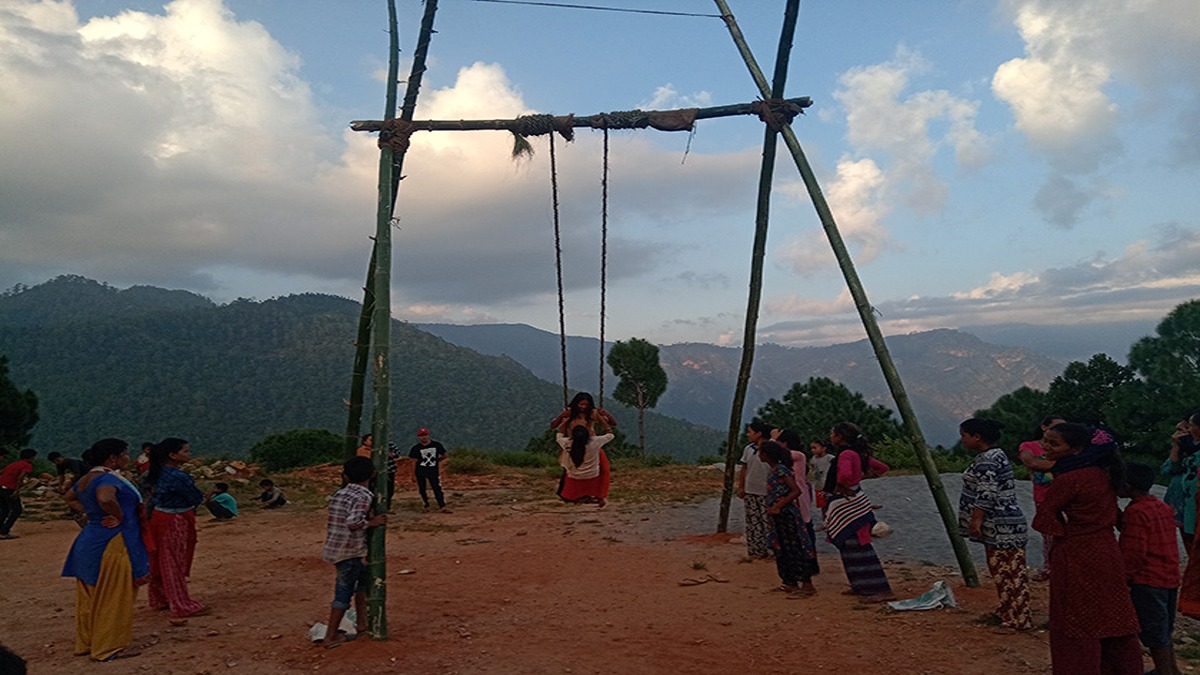
As Dashain approaches, a vibrant air of celebration envelops Nepal, marking one of the most significant festivals in the country. Dashain, celebrated by a majority of Nepali people, brings the nation together for the longest holiday, offering a time of family reunions, festivities, and traditional customs.
Dashain typically falls in September or October, depending on the lunar calendar, and is cherished by people from various ethnic groups and cultures. Dashain is set to commence on October 15 this year, followed by Tihar, another prominent celebration. While the traditions may vary among communities, common elements unite them all: feasting, merrymaking, and jubilation.
For Dashain, more than half of the population departs from the bustling capital, Kathmandu, to their respective villages and towns across the nation. The migration of families to their ancestral homes symbolizes a heartwarming display of unity and togetherness.
Traditional swings, kite flying, playing cards, and animal sacrifices are intrinsic to Dashain’s celebrations. These customs help create an atmosphere of joy and reverence as Nepali people come together to pay homage to goddess Durga, the divine source of power.
Dashain is not confined to a specific religion or caste; it transcends these boundaries. The festival is observed with equal fervor and enthusiasm by the Nepali diaspora and other Nepali-speaking communities living outside Nepal. This global celebration of Dashain showcases the cultural richness and unity that defines the Nepali identity, regardless of geographical location.
In anticipation of Dashain, the entire country is ready to immerse itself in the spirit of unity, celebration, and tradition. It’s a time when Nepal comes alive with vibrant colors, echoing laughter, and the warmth of family bonds.
Here are ten reasons why Nepalis rejoice during this festival:
Perfect Weather: Dashain falls during September-October, offering ideal weather conditions across Nepal’s diverse landscapes. The skies are typically a brilliant azure with occasional hints of autumn clouds. This season marks the end of the monsoon and the anticipation of the approaching winter. The pleasant weather during Dashain radiates vitality and enthusiasm. Farmers, having completed their crop harvesting, take a break from their fields to participate in the festivities. This timing aligns perfectly with the predominantly agrarian and rural Nepali population, allowing them to revel in Dashain without the burden of agricultural duties.
Worship of Goddess Durga: Dashain holds profound religious and spiritual significance. The festival is dedicated to Goddess Navadurga, with nine different manifestations of the deity worshipped over nine days. The festival begins with the consecration of a deity’s altar in homes, followed by nine days of prayer and scripture reading. The central theme of these scriptures is the legendary tale of Goddess Durga defeating the demon king Mahishasura, restoring harmony in the world. According to legend, the battle lasted ten days before the demon was defeated, symbolizing the victory of good over evil. Throughout the first nine days of Dashain, devotees visit various temples dedicated to Goddess Durga, offer their worship, and engage in scripture readings.
Food and Animal Sacrifice: Dashain is marked by the tradition of animal sacrifices. In various temples devoted to Goddess Durga, including the prominent Hanuman Dhoka in Kathmandu, devotees offer sacrifices of goats, buffalos, pigs, chickens, and ducks during Ashtami and Nawami. Additionally, on Maha Ashtami, people perform animal sacrifices at their homes. The festival is synonymous with indulging in meat, a significant part of Dashain celebrations. While meat may be considered a luxury by some, individuals from all income levels participate either by sacrificing animals at home or purchasing ample quantities of meat for Dashain. For those who do not consume meat, there is an abundance of vegetarian dishes and sweets available to enjoy during the festivities.
Jamara and Tika: Dashain commences with the sacred ritual of Ghatasthapana, where people bring river sand and sow barley seeds mixed with wheat and corn. These seeds are nurtured with care, growing into the cherished yellow grass known as Jamara. On the tenth day of Dashain, family elders offer Tika (a mixture of rice, vermilion powder, and yogurt) along with blessings from Goddess Durga to the younger generation. This tradition of visiting relatives and respected individuals for blessings and Tika extends until Kojagrat Purnima, concluding the 15-day festival.
Cross-Cultural Unity:
Dashain is a festival that transcends cultural and religious boundaries, deeply ingrained in Nepal’s heritage. It’s a time when people from diverse backgrounds come together to celebrate. Government offices, banks, and private companies add to the festive cheer by providing additional allowances to employees. This tradition not only boosts excitement but also promotes a sense of unity as people set aside old animosities. Even political parties, often divided by ideologies, organize festive programs, aiming to reconcile differences during this period.
Homecoming and Travel Rush:
Dashain is synonymous with homecoming. Many who have left their ancestral homes for education or employment return to their villages or the country during this festive season. Thousands of Nepali citizens working abroad, particularly in the Gulf countries and Malaysia, make the journey back home for Dashain. As a result, Kathmandu Valley experiences a mass exodus, with around three million people leaving the capital city, creating a unique vibrancy in rural areas that are otherwise being deserted due to urban migration. This annual travel rush drives up airfare and bus fares, leading to long queues and ticket scalping, but it’s all part of the Dashain experience.
Shopping Spree:
Traditionally, Dashain is the season for buying new things, particularly clothes. There’s a belief that Dashain is an auspicious time for purchases, making it a nationwide tradition to shop for essentials, from clothing to vehicles and household goods. For many children in Nepal, Dashain is when they receive new clothes. Businesses also capitalize on this festive spirit by launching new products and offering discounts to attract buyers. Markets across the country buzz with shoppers preparing for the festival. However, the bustling crowds in Kathmandu in the run-up to Dashain can sometimes make shopping a bit of a challenge.
Time for Travel: Modernization and increased income levels have led to a rising trend of Nepalis traveling abroad during the Dashain holidays. In addition to feasting and family reunions, many now opt for trekking and domestic tourist destinations. The concept of holiday travel during festivals is gaining popularity, thanks to enticing tour packages offered by travel agencies.
Linge Ping (Swing) and Ferris Wheel: Dashain’s vibrant atmosphere is incomplete without the sight of Linge Ping swings and traditional wooden ferris wheels. These swings, suspended between bamboo poles, are found in various townships and villages during the festival. It is believed that everyone should experience the joy of swinging during Dashain. While the younger generation enthusiastically embraces this tradition, it faces challenges as the cultural significance of swings gradually diminishes.
Kite Flying and Gambling: Dashain coincides with perfect weather conditions for kite flying, a cherished tradition. In the past, the skies of Kathmandu were adorned with colorful kites during Dashain. Friends would gather for kite battles, attempting to bring down each other’s kites. However, the popularity of kite flying is waning due to the omnipresence of mobile phones and the internet. Additionally, Dashain provides an opportunity for fun-filled gambling activities, drawing even those not usually inclined towards gambling. Families, friends, and neighbors come together to play cards or participate in dice rolling, fostering a sense of camaraderie.

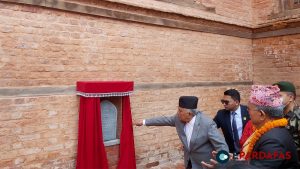
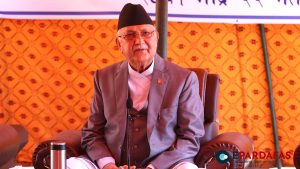
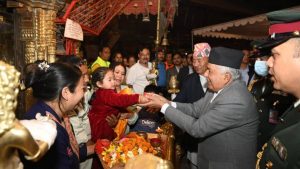

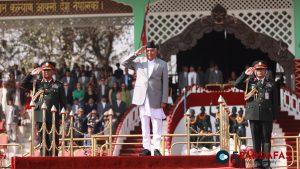







Comments